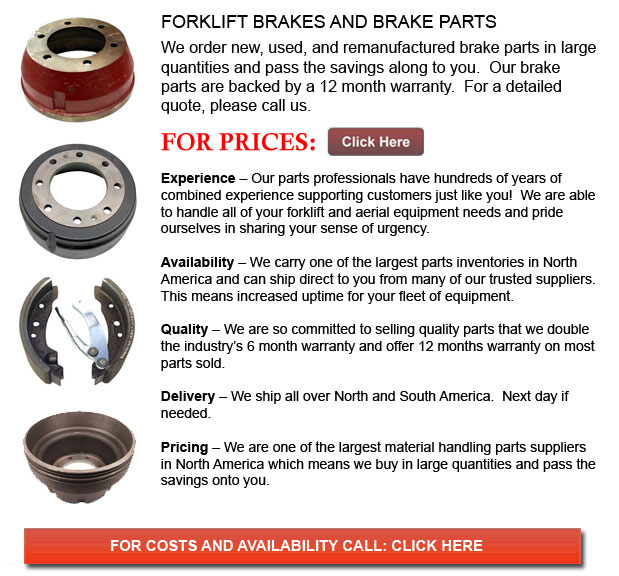
Forklift Brakes - A brake where the friction is supplied by a set of brake pads or brake shoes that press against a rotating drum shaped unit referred to as a brake drum. There are several specific differences among brake drum types. A "brake drum" is commonly the definition given if shoes press on the inner exterior of the drum. A "clasp brake" is the term utilized to describe whenever shoes press next to the exterior of the drum. Another kind of brake, known as a "band brake" makes use of a flexible band or belt to wrap round the outside of the drum. Where the drum is pinched in between two shoes, it can be known as a "pinch brake drum." Like a standard disc brake, these types of brakes are quite rare.
Before the year 1995, old brake drums required consistent modification periodically to be able to compensate for shoe and drum wear. "Low pedal" or long brake pedal travel is the hazardous outcome if modifications are not carried out sufficiently. The motor vehicle could become dangerous and the brakes can become ineffective when low pedal is mixed together with brake fade.
There are various Self Adjusting Brake Systems accessible, and they can be categorized within two major kinds, RAI and RAD. RAI systems have in-built devices which prevent the systems to recover when the brake is overheating. The most popular RAI makers are Bendix, Lucas, Bosch and AP. The most well-known RAD systems consist of AP, Bendix, Ford recovery systems and Volkswagen, VAG.
The self adjusting brake will usually only engage whenever the vehicle is reversing into a stop. This method of stopping is suitable for use where all wheels utilize brake drums. Disc brakes are used on the front wheels of motor vehicles today. By working only in reverse it is less possible that the brakes would be applied while hot and the brake drums are expanded. If adjusted while hot, "dragging brakes" could occur, which raises fuel consumption and accelerates wear. A ratchet device that becomes engaged as the hand brake is set is another way the self repositioning brakes can function. This means is only suitable in applications where rear brake drums are utilized. Whenever the parking or emergency brake actuator lever exceeds a particular amount of travel, the ratchet developments an adjuster screw and the brake shoes move toward the drum.
Situated at the bottom of the drum sits the manual adjustment knob. It can be adjusted utilizing the hole on the opposite side of the wheel. You will have to go under the vehicle utilizing a flathead screwdriver. It is extremely vital to adjust every wheel equally and to be able to move the click wheel properly in view of the fact that an uneven adjustment can pull the vehicle one side during heavy braking. The most efficient way in order to make certain this tedious job is completed carefully is to either lift every wheel off the ground and hand spin it while measuring how much force it takes and feeling if the shoes are dragging, or give every\each and every one the exact amount of clicks manually and then perform a road test.
![]() Click to Download the pdf
Click to Download the pdf
Forklift Parts
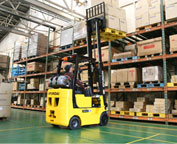
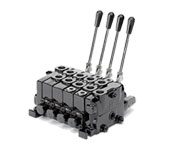
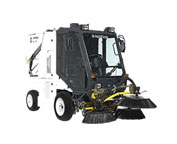
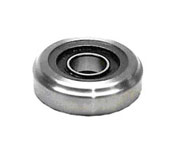
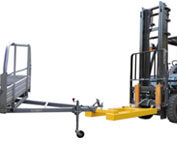
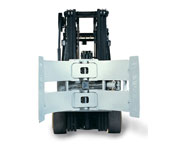
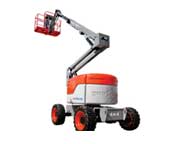
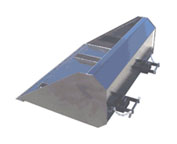
Lift Parts Express
TOLL FREE: 1-888-695-7994
Freeport, Texas
forkliftpartsfreeport.com
Email Us
About Us


